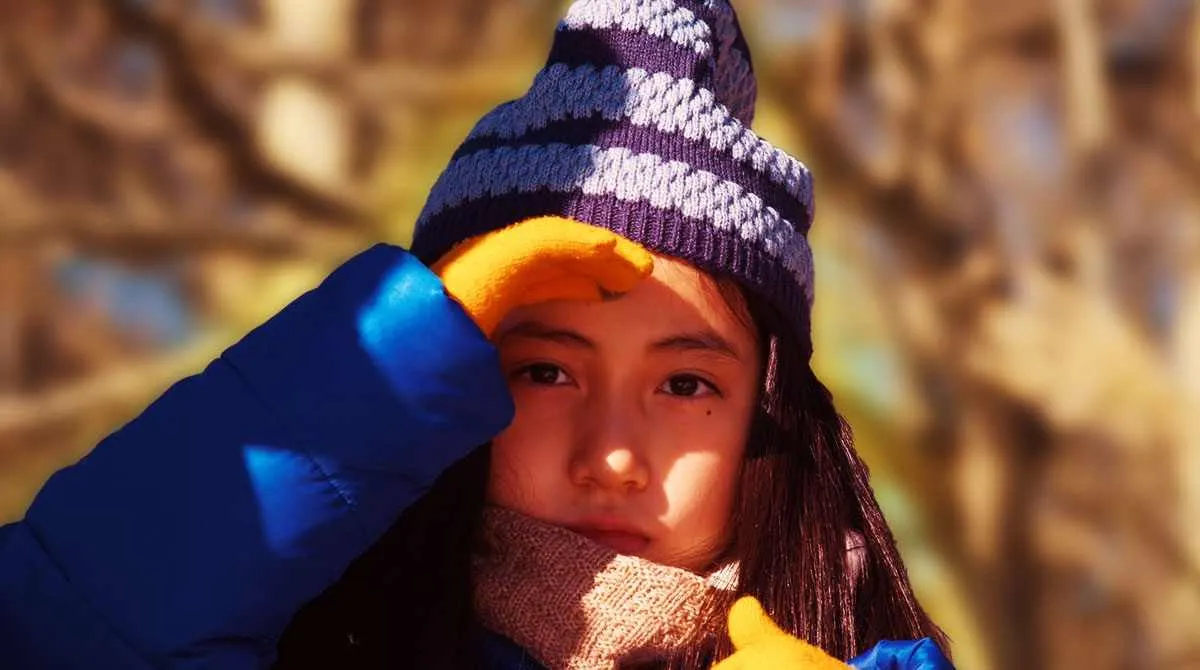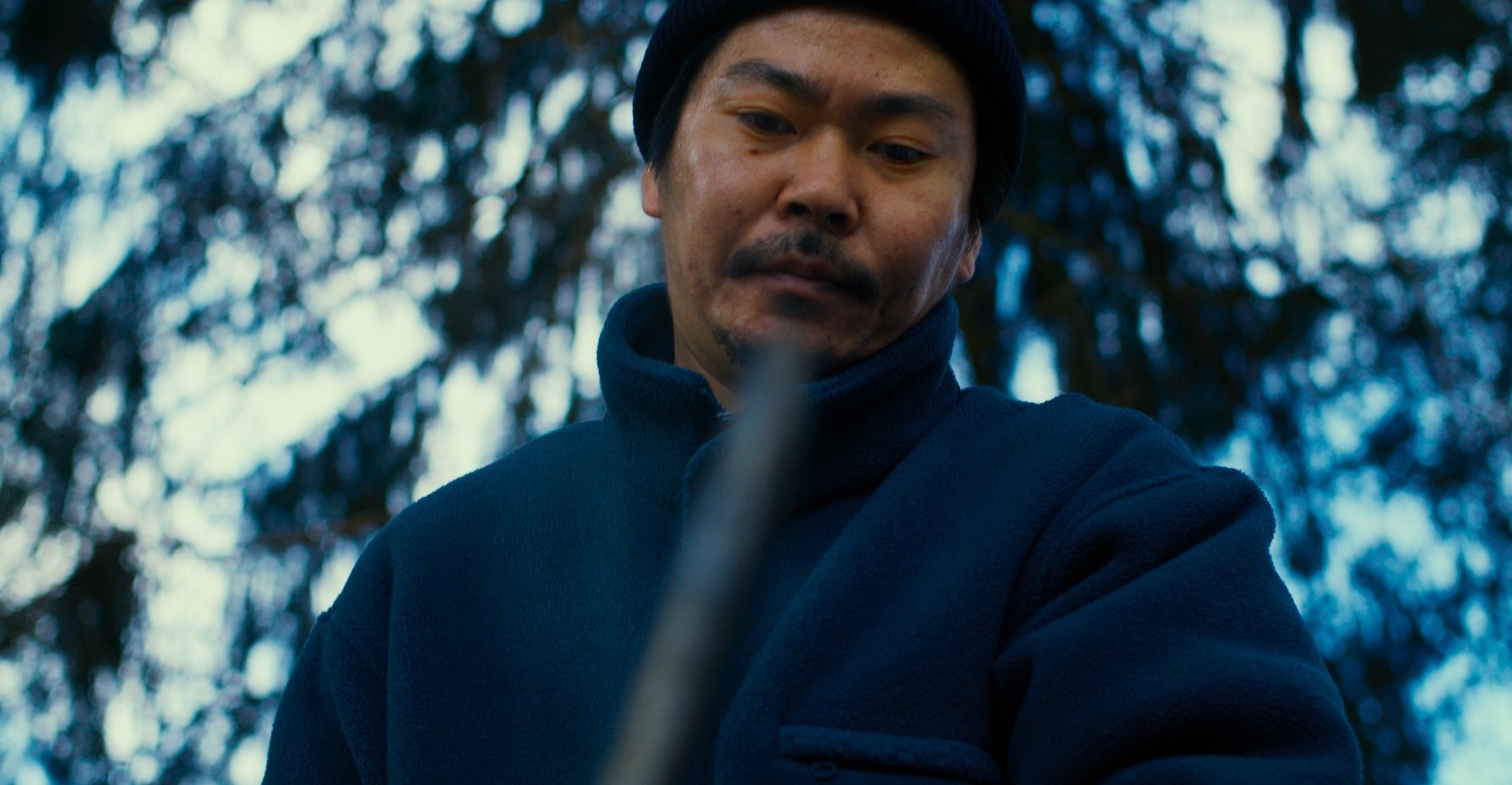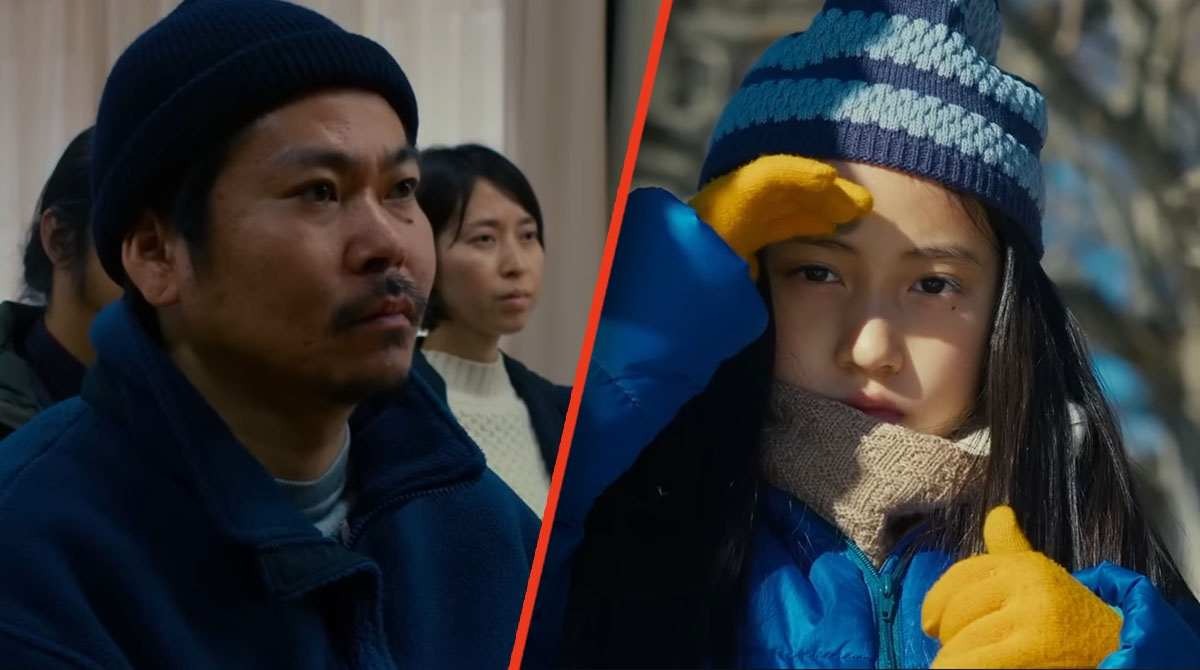Ryusuke Hamaguchi’s Evil Does Not Exist carries a title that immediately stirs thoughts, but it’s not until you watch the film, especially the way it ends, that you start wondering what the title is trying to communicate. After the last few minutes, which can leave you in deep confusion, you may find yourself reflecting on the whole film and what it might truly be saying.
What’s clear is that the movie is filled with symbols and deception, and these things begin to reveal themselves once you take time to process them, especially if you rewatch the final scenes. This one takes a darker turn, unlike Hamaguchi’s last two releases in 2021—Drive My Car and Wheel of Fortune and Fantasy.

Some viewers might find the change in tone during the final part too abrupt, and that’s where the film has created division. This piece attempts to unpack that ending, and with any luck, I’ll do justice to it the way Takumi skillfully handles his axe—if you catch my drift.
What Takes Place in the Story?
Daily life in Harasawa, a quiet village close to Tokyo, flows in peace, and the residents appear to be very satisfied with their routine.
The film kicks off with Takumi splitting wood with precision, followed by him and Kazuo, who works at a nearby restaurant, fetching water from a spring. Sachi, who manages the Udon restaurant, relocated from Tokyo four years ago and has since made Harasawa her home.
Things start to change as the village prepares for a meeting with Playmode, a company looking to set up a luxury camping venture in the area. And just like many of the villagers, I also didn’t know what “glamping” meant at first.
What’s the Problem With the Glamping Plan?
Understanding why the glamping proposal is a bad idea for Harasawa isn’t difficult. It brings multiple concerns: the most immediate being that it could contaminate the spring water source, affecting everyone downstream.
One serious consequence would be for Sachi’s restaurant, as the water is crucial to her cooking. This was her reason for moving to Harasawa. Another elderly villager also draws attention to the limited safety arrangements at the proposed camp.
Tourists, particularly young ones, tend to engage in activities like lighting bonfires, and with the dry conditions of the area, wildfires could easily occur.
Takahashi and Mayuzumi, who represent Playmode, listen politely but reply with the usual corporate phrases like “we’ll take this into consideration” and “thanks for your feedback.” But these two aren’t really in charge. Their role is more about creating an illusion that the company cares.
One young man in the village gets so annoyed that he likens talking to Takahashi to slamming your head against a wall. Mayuzumi, on her part, does appear a bit more sensitive to the concerns being raised. Her facial reactions suggest she’s genuinely listening and perhaps willing to act.
After the meeting, the two take Takumi’s phone number, likely because his deep knowledge of the area makes him the best person to advise on the matter.
What Happens With Hana?
One might think this was just a tale about environmental protection and corporate greed, but Hamaguchi surprises us by switching direction near the end and delivering a finale that no one could have expected.
Takumi’s daughter Hana seems like a background character initially, and not many would predict her importance later on. But if you look closely, the film sets things up from early on. While Takumi and Kazuo are collecting water, a gunshot echoes—something Takumi correctly identifies as hunters going after deer.
Then he recalls forgetting to pick up Hana, which seems to be a frequent slip. When he reaches her school, he’s told she has already left, knowing he had forgotten. We then see her calmly walking through the forest, and Takumi eventually finds her.
Hana asks many questions, and Takumi answers them with care. They stumble on a dead fawn, likely left behind by the hunters.
Later, during a conversation with Takahashi and Mayuzumi, Takumi explains that the proposed glamping site falls along a deer path, so fences at least three feet high are necessary to prevent deer from jumping over. He describes deer as peaceful unless injured.
A wounded deer, he warns, becomes dangerous. Afterwards, when Takumi is fetching water again, Mayuzumi and Takahashi join him. Though Mayuzumi tries to help, she struggles with the heavy water cans, while Takahashi appears to find joy in the work.
From an earlier discussion between the two, we learn that Takahashi is lonely and dissatisfied with his job as a corporate middleman. When he gets the chance to split wood, he admits it’s the happiest he’s felt in a long time. His face confirms that he means it.
Mayuzumi, however, is more grounded. She understands the destructive goals of her employers—ruthlessly invading peaceful areas for money without guilt. As things move forward, she finds it difficult to follow her boss’s orders. Her empathy leads her to consider quitting.
Whether she does or not isn’t the key issue. What matters is her genuine concern, which contrasts with Takahashi’s selfishness. The moment Takahashi enjoys working with his hands, he chooses to stay back, without even asking Takumi for permission.
Where Does Hana Go?
While Takumi, Mayuzumi, and Takahashi are gathering water again, the sound of a gunshot rings out. Takumi again assumes it’s hunters chasing deer. He then recalls that Hana is meant to be picked up from school—a situation already familiar to us from earlier.
But this time, when he arrives, she has left, and unlike before, he cannot find her. As time passes and she doesn’t appear, concern spreads. The villagers begin searching for her, and Takumi tells Mayuzumi and Takahashi to remain at his home in case Hana returns.

But Takahashi insists on joining Takumi in the search. On the surface, this looks like he’s just offering help. Yet, deeper down, it seems Takahashi wants to be involved in every part of Takumi’s life. It’s almost as if he envies what Takumi has and wants that life for himself.
If you remember the earlier car scene, he speaks passionately about wanting to leave city life and settle in the countryside with a future partner. Hamaguchi saves his biggest twist for the ending. We see Hana looking happy while observing a deer, which reassures us briefly that she’s okay.
But this comfort is short-lived. Suddenly, Takahashi runs toward her, and Takumi shows up from behind, grabbing and choking him. Takumi looks furious, and Takahashi is stunned, having no idea why he’s being assaulted.
Then the scene switches: Hana is seen with blood coming from her nose, lying lifeless in Takumi’s arms. He picks her up and walks away. Shortly afterwards, Takahashi slowly gets up, disoriented.
What Does the Ending Mean?
Two questions naturally arise once the movie ends: “Did Hana truly die?” and “Why did Takumi attack Takahashi?” A closer look at the visuals reveals that the lighting and colours differ between the scenes of Hana with the deer and those showing Takumi and Takahashi.
This could suggest that what we saw was Takumi imagining what might have happened to Hana, rather than a direct account. Interestingly, the film doesn’t show her being shot—possibly a very intentional creative decision…



